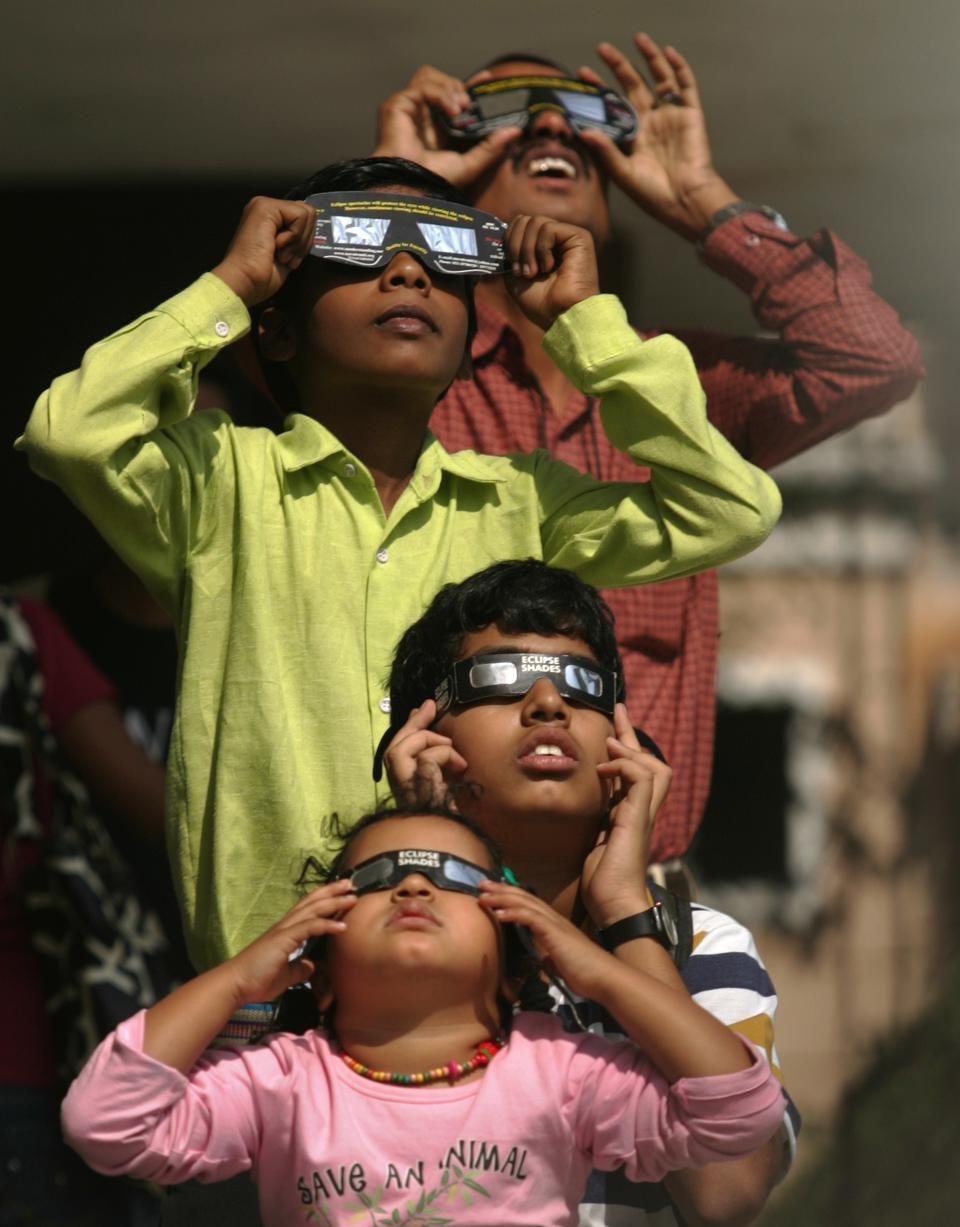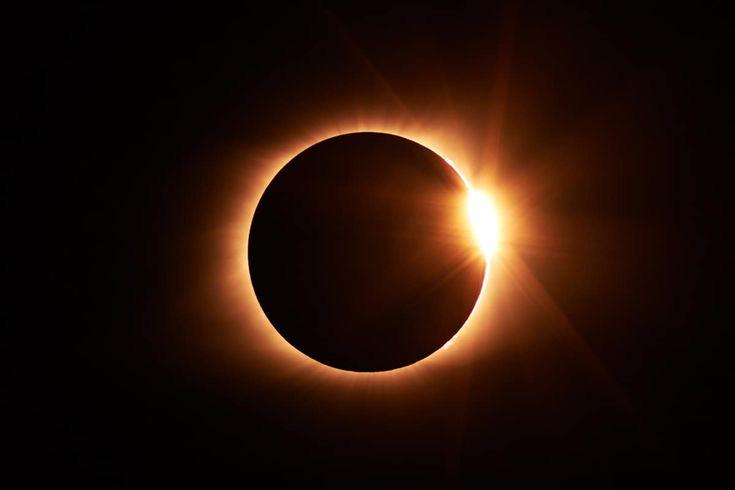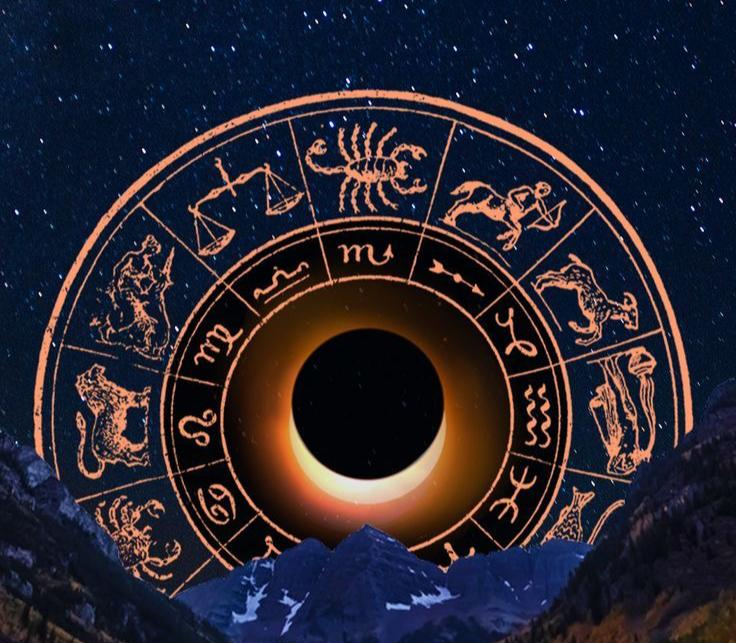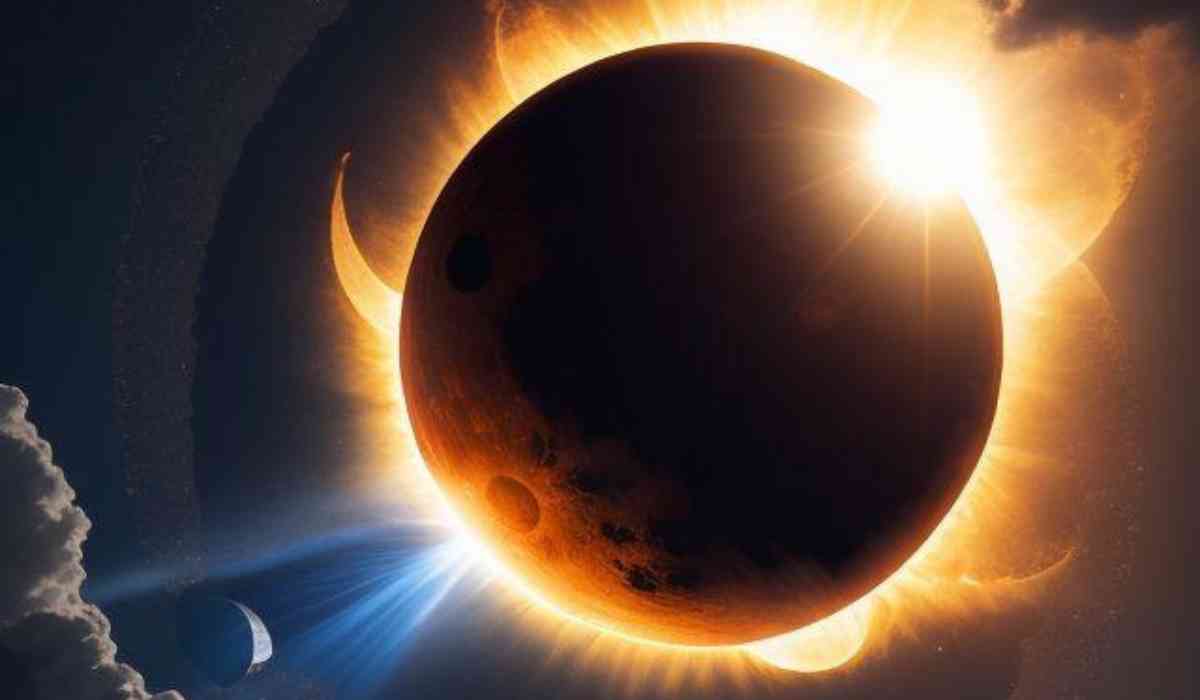In 2024, there will be two solar eclipses, April 8, 2024 and October 2, 2024.
The first solar eclipse of 2024 on April 8, 2024, will be a total eclipse visible across North America, thus inheriting its name, the "Great North American Eclipse.” Solar Eclipse on April 8 will be observable in various parts of the world, including Canada, Mexico, Bermuda, the Caribbean Netherlands, Colombia, Costa Rica, Cuba, Dominica, Greenland, Ireland, Iceland, Jamaica, Norway, Panama, Nicaragua, Russia, Puerto Rico, Saint Martin, Venezuela, United Kingdom, The Bahamas, Spain, The United States, Aruba, and many other countries.
Total eclipses are rare events, making this occurrence noteworthy. The path of totality, where the Sun is completely covered by the Moon, will be approximately 100 miles wide, offering a rare sight for specific regions. As we anticipate the grand spectacle of the total solar eclipse on April 8, 2024, let us delve into the intricate science and Astronomy behind this celestial phenomenon.

The Science Behind Social Eclipse
The solar eclipse occurs when the sun, moon, and earth align in Syzygy, or a straight line and as the moon passes between the sun and Earth, a shadow is cast on the sun, obstructing the sunlight, making days darker. This natural phenomenon has fascinated humanity since ancient times, with the earliest recorded eclipse dating back to around 3340 BCE in County Meath, Ireland.
Why are solar eclipses rare? Given that Earth's orbit around the Sun is inclined by around 5 degrees compared to that of the Moon, syzygy alignment is extremely uncommon. Eclipses therefore do not occur every month, but when the stars line up perfectly, they produce one of the most amazing natural events.
Solar eclipses come in four types: annular, hybrid, total, and partial. During a total eclipse, the moon completely obscures the sun, providing a unique view of the universe. This event occurs when the moon passes directly behind the sun, momentarily fully illuminating the Earth. The Earth's shadow then hides the moon, revealing the sun, resulting in a total solar eclipse. The Sun's corona, or outermost layer of the atmosphere is visible during totality. It is referred to as Khagras in Hindu Vedic Astrology.

Despite being far larger than the Moon, the Sun's enormous distance from Earth makes up for this difference. Although the Sun is 400 times larger than the Moon in diameter, it is also 400 times farther away. Because of this cosmic serendipity, the Sun and Moon appear nearly similar in size from Earth's perspective, which makes the environment ideal for eclipses to occur.
Solar eclipses are not random but carefully predicted using complex calculations that consider the orbits of the Earth and Moon around the Sun. Astronomers use precise tables and elements to forecast the path of the Moon's shadow on Earth with remarkable accuracy, allowing them to deepen our understanding of the universe.
The Astrology behind Social Eclipse
Astrology has historically attributed great significance to these celestial dances involving the Earth, Moon, and Sun. Solar eclipses are thought to be strong catalysts for transformation and change in astrology. These eclipses, which are sometimes described as "the eye of an angry god," mark the start of new cycles and opportunities. They are more powerful and have a greater effect on human lives when they happen when the Sun is within 17 degrees of the lunar nodes.
It is said that solar eclipses reveal aspects of our lives that are prepared for development and evolution. From a personal perspective, they could signify the beginning of fresh career prospects, changes in relationships, or noteworthy life occurrences like becoming pregnant. Furthermore, these astronomical occurrences have the potential to impact wider societal dynamics by instigating modifications in political arenas, media portrayals, or financial patterns.

In ancient texts, eclipses were often depicted as ominous events, symbolized by creatures like dragons, frogs, snakes, and jaguars devouring the sun. The deaths of rulers during solar eclipses fueled fears that they were bad omens for kings and rulers. However, some indigenous cultures interpreted eclipses as signs of rebirth or rebalancing. For instance, the Tahitians viewed eclipses as a romantic encounter between the sun and moon, adding a unique perspective to these celestial events.
Will it be visible in India ? As per Indian standard timings, the Solar Eclipse is scheduled to start on April 8th at 9:12 PM and will continue until 2:22 AM on April 9th, 2024. It's important to note that this Total Solar Eclipse won't be visible in India, so people here won't have the opportunity to witness it, and consequently, there will be no Sutak period.
However, safety precautions are crucial for those eager to witness this rare cosmic occurrence. Directly observing the Sun without proper protection, such as specialized glasses, telescopes, binoculars, or DSLR cameras, can harm the eyes. Alternatively, an indirect viewing method like the pinhole projection technique can be used. It's essential to take precautions before venturing out, including applying sunscreen, and wearing a hat and protective clothing to prevent skin damage. Remember, even during an eclipse, staring directly at the Sun can lead to serious eye injury, so utilizing proper eye protection is crucial for a safe viewing experience.
Photo Credit: Multiple Sources
(Inputs from Various Agencies)
©️ Copyright 2024. All Rights Reserved Powered by Vygr Media.






















